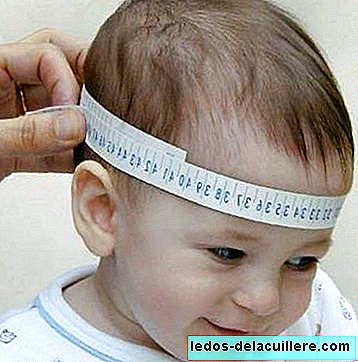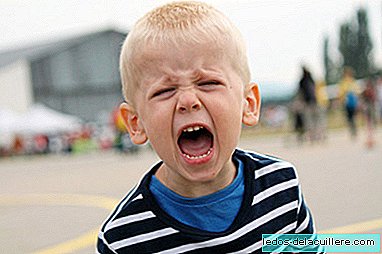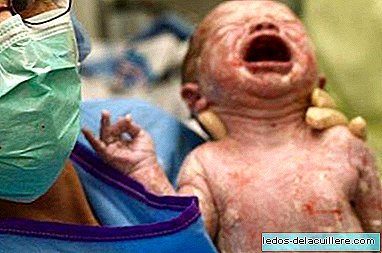
The head circumference or cranial perimeter is the measure of the contour of the head in its largest part, located on the ears and eyebrows. It is measured using a tape measure. At birth, this measure may be modified by different factors.
In the newborn, the head circumference may be reduced by the pressure produced when passing through the birth canal. As we know, the skull of babies are formed by mobile bone plates, not welded, that can be mounted together, the fontanelles. Sometimes it is evident that the bones have been mounted on each other, or there may be some bruising. In these cases there are tables that indicate average values and standard deviations.
The head circumference measurement is part of the pediatrician's routine to verify the child's healthy development, both at birth and after routine visits to the specialist, usually up to 3 years of age.
This results in a succession of measures that will form a curve, which should be within normal ranges, which depend on the sex and age of the child. It's about filling in the tables that express average values, which serve as a guide for professionals and to detect potential problems.
If the baby's head is excessively small, there is talk of "microcephaly," which may be due to prenatal infections or genetic factors. If it is excessively large it can be a simple macrocephaly (usually familiar) or hydrocephalus, which is caused by accumulation of cerebrospinal fluid.
We do not have to worry if we talk about a "big-headed" baby, who does not necessarily have a problem: remember that during the first year the baby grows head faster than the other parts of the body, getting quite close to the size it will have adult.
In any case, the extreme alterations of the babies head size They can be detected early during pregnancy by ultrasound.












